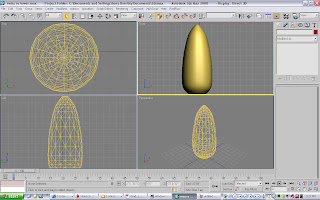
 The first post of the recreational park was very rough. The curves weren't crisp and clear, I had a lot of curves on top of curves; thus, making the surfaces overlap. I cleaned up most of the curves and surfaces. I also added more to the recreational park.
The first post of the recreational park was very rough. The curves weren't crisp and clear, I had a lot of curves on top of curves; thus, making the surfaces overlap. I cleaned up most of the curves and surfaces. I also added more to the recreational park.



















